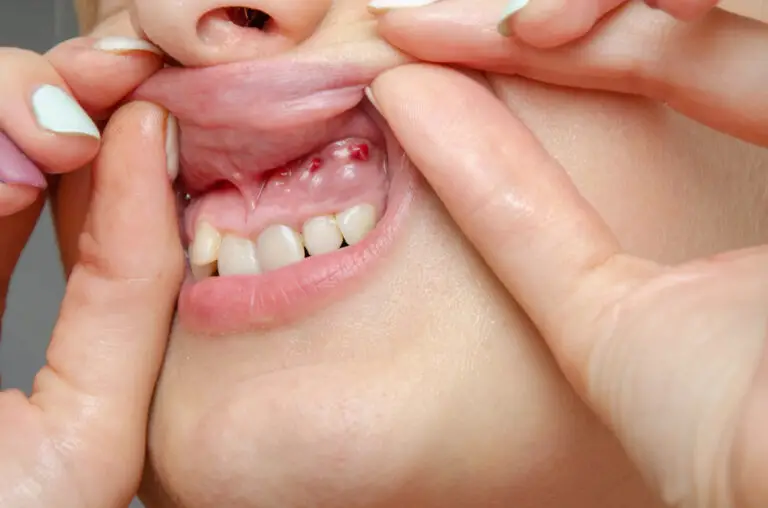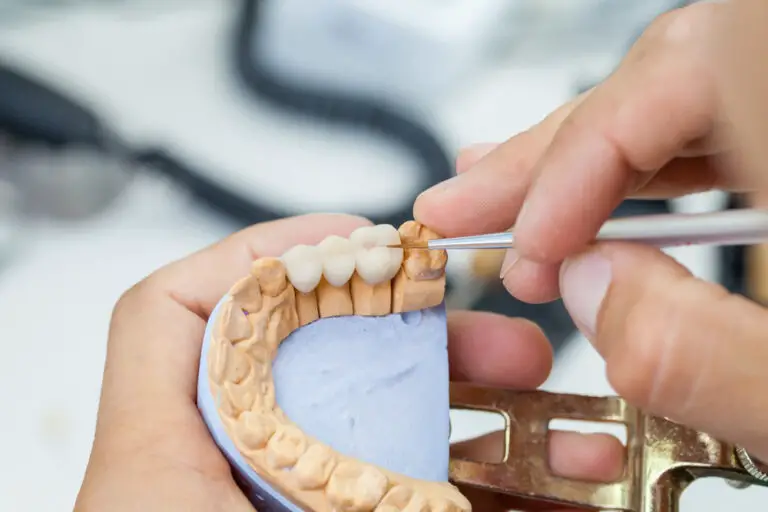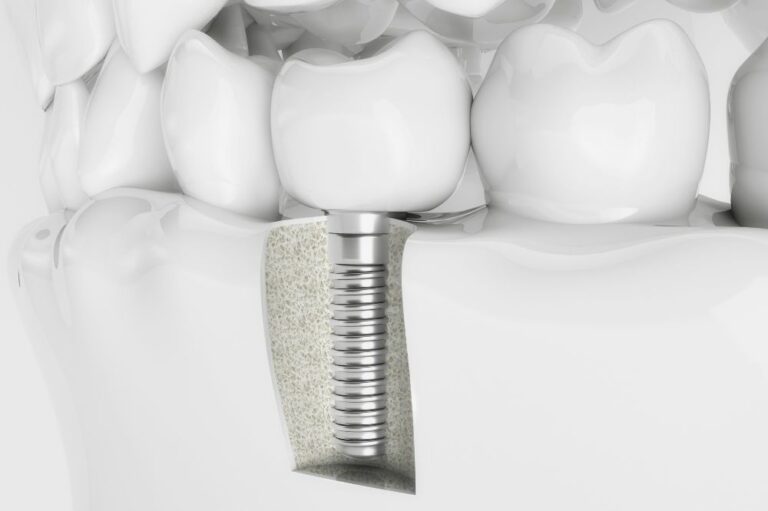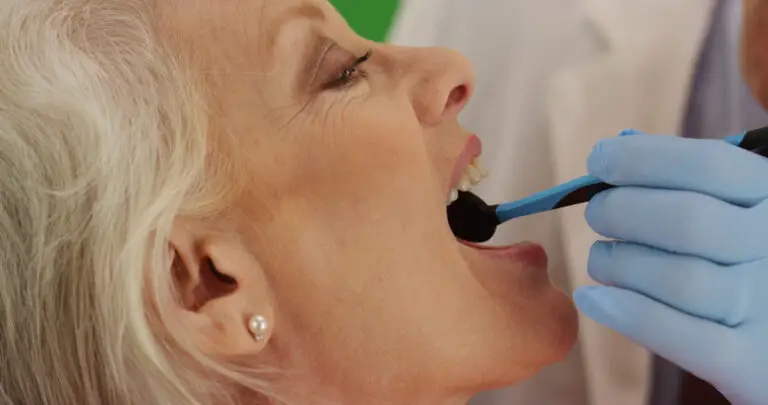What Are Aligners and How Do They Work?
Aligners, also called clear aligners or invisible aligners, are a popular alternative to traditional metal braces for patients seeking straighter teeth and an improved smile. Aligners are removable plastic trays that are custom-fitted to a patient’s teeth and slowly shift teeth into better positioning over time through gradual forces.
Aligners work similarly to braces in that they apply light pressure onto teeth to encourage movement into proper alignment. However, clear aligners offer a more discreet teeth straightening solution as they can be taken out for eating, brushing, and flossing.
Here’s an overview of how clear aligner technology works:
- An orthodontist or dentist takes digital scans or impressions of the patient’s teeth.
- These records are used to create a customized 3D treatment plan modeling the step-by-step tooth movements needed.
- A series of BPA-free plastic aligner trays are produced using the treatment plan. Each tray is slightly different, with subtle changes to apply controlled forces to reposition teeth.
- The aligners are numbered in the order they’ll be worn as treatment progresses. Patients switch into the next tray in the series every 1-2 weeks.
- As patients change aligner trays, teeth are incrementally shifted into improved positioning. Treatment times range from several months to over a year depending on the case.
- The orthodontist oversees the treatment plan, making adjustments as needed. Progress checks are done every 4-8 weeks.
Popular brands of clear aligner systems include Invisalign, the most well-known, as well as ClearCorrect, SmileDirectClub, Byte, and more. Aligners are favored by many adults and teens for their transparent appearance and removability.
Can Aligners Cause Tooth Loss?
While aligners are an excellent orthodontic solution for many patients, it’s understandable for people considering treatment to be concerned about potential side effects like tooth loss.
The short answer is that aligners alone do not directly cause tooth loss or increase the risk of extractions when used properly under the supervision and monitoring of an orthodontist. However, improper use of aligners could potentially lead to dental complications that may require tooth removal down the road if left untreated.
Aligners must be used carefully and correctly to avoid damage to teeth and roots. There are a few key factors to be aware of regarding aligner treatment and tooth loss risks:
Inaccurate Treatment Forces
The forces delivered by aligners to shift teeth must be carefully controlled. Excessive uncontrolled force could put too much pressure on teeth and potentially loosen roots or reduce blood supply to teeth.
Aligners designed using imprecise digital scans, low quality aligner material, or inadequate treatment planning may not have properly calibrated forces. This raises the risk of complications. Orthodontists have the technology, skills, and experience necessary to plan cases accurately.
Attempting teeth alignment without professional guidance also carries risks. Well-meaning patients ordering “DIY” mail-order aligner kits could unknowingly undergo improper treatment, whether using inaccurate impressions or inappropriate treatment protocols. Without orthodontic oversight, teeth may shift too far, too fast, or in the wrong directions.
Poor Oral Hygiene During Treatment
Patients must properly care for their teeth and gums while wearing aligners. Aligners should be removed for eating and drinking anything other than cool water. Patients need to maintain a thorough oral hygiene regimen, brushing and flossing meticulously around aligners and teeth. Regular dental cleanings and checkups are also critical during active alignment.
If oral hygiene is disregarded, plaque, tartar, and bacteria accumulation could lead to much higher odds of cavities, gingivitis, and dental infections. Left untreated, these issues may eventually worsen enough to require one or more extractions. Aligners themselves won’t directly spread infection or decay, but poor hygiene habits raise risks.
Pre-Existing Dental Conditions
Aligners do not directly cause tooth loss in patients who begin treatment with healthy teeth and gums. However, those with pre-existing dental vulnerabilities like advanced gum disease, untreated cavities, or cracks and chips may require extractions later on that could potentially be exacerbated by aligner use if not properly managed ahead of time.
Any dental infections, decay, or gum disease should be fully addressed before undergoing aligner therapy for the best outcome. Progressing into alignment before resolving those issues can worsen problems. Patients should undergo a comprehensive dental exam and address any problems prior to aligner use.
Rare Root Damage
In occasional rare cases, pressure from aligners may contribute to some root resorption, which is when tooth roots begin shortening from the forces applied by orthodontic movement. This generally only occurs when excessive pressure is exerted. Mild resorption under controlled forces is normal, but severe resorption could eventually weaken roots.
However, significant root damage is not common with aligners when used according to responsible treatment planning protocols from a qualified orthodontic professional. Any root sensitivity should be immediately addressed by pausing treatment.
Who Is at Higher Risk of Tooth Loss with Aligners?
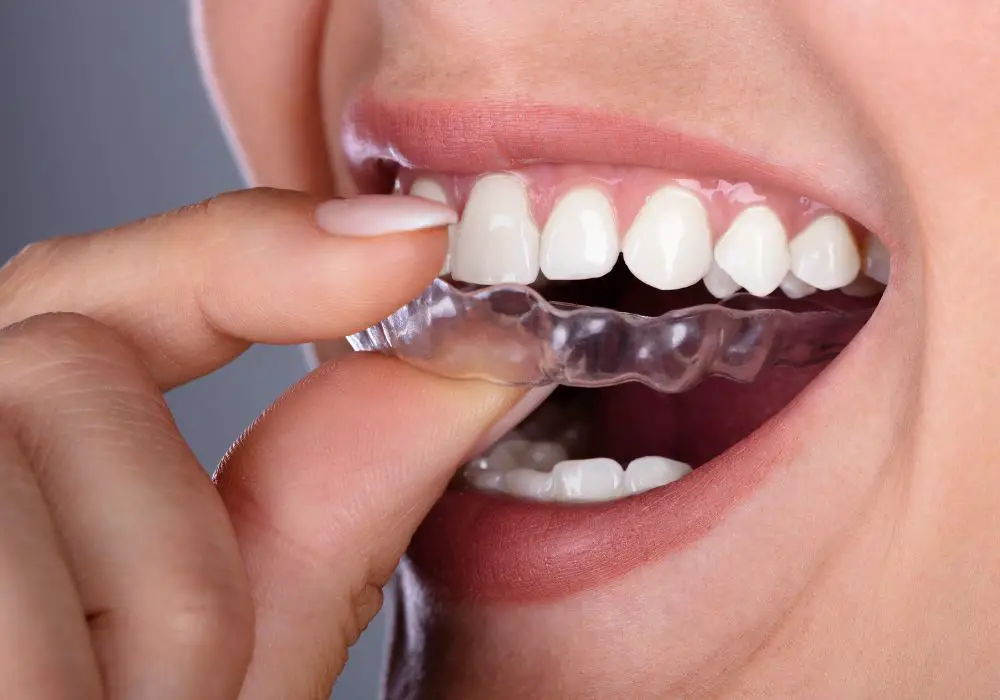
While aligners themselves are not the cause of extractions when used properly, certain situations can elevate risks:
- Patients who do not properly brush, floss, and maintain oral hygiene during treatment have higher chances of developing decay, infection, and gum disease that may eventually require extraction if left untreated.
- Individuals who order “DIY” aligner kits and attempt teeth alignment without in-person professional supervision. Inaccurate at-home impressions, treatment planning deficiencies, and lack of monitoring can all lead to problems.
- Those who purchase mail-order aligners without consulting an orthodontist or dentist. Non-dental companies may not have proper orthodontic expertise.
- Patients who begin using aligners before getting any pre-existing dental issues taken care of, such as infections, gum disease, fractures, large cavities, and others. These problems may worsen with aligners if not resolved beforehand.
- Individuals who wear aligners for longer than the prescribed time per day, or switch to new trays sooner than directed. This can shift teeth too rapidly, causing damage.
- Those with dental habits like teeth grinding, clenching, or nail biting. These could exert excessive force through the aligners onto teeth. A night guard may be recommended.
With responsible use following orthodontic recommendations, most patients see excellent results from aligners without risks to tooth vitality. But improper use does raise the chances of complications.
Warning Signs Aligners May Be Damaging Teeth
Patients should be aware of concerning symptoms to watch for while undergoing aligner treatment:
- Tooth sensitivity or pain – More than mild discomfort is abnormal. Sharp pain or throbbing lasting more than a day or two per new aligner tray should be addressed.
- Tooth looseness – Teeth feeling wiggly, shifting, or unstable is not normal. See your orthodontist promptly if this occurs.
- Chipped, cracked, or fractured teeth – Damage from aligners may be a sign of improper fit or movement.
- Red, swollen, or bleeding gums – Inflammation and tenderness could indicate infection.
- Visible cavities – White spot lesions or decay along the gumline may form with poor hygiene.
- Bad breath, pus, bumps – Possible signs of infection or abscess needing antibiotic treatment.
- Numbness or tingling – Nerve sensitivity or damage if persistent.
- Allergic reactions – Rashes, sores, or mouth irritation may indicate aligner sensitivity.
Noticing any of these issues warrants promptly informing your orthodontist. If aligners are damaging teeth, the treatment plan will need to be re-evaluated and corrected or discontinued. Leaving issues unchecked could lead to permanent tooth damage or loss.
Can Aligner Treatment Be Continued Safely After Tooth Loss?

In very rare instances where a tooth is lost during aligner treatment due to damage or infection, treatment may still possibly continue in some cases after the extraction site has properly healed.
However, this depends on the individual situation, requiring careful coordination between the orthodontist, surgeon, restorative dentist, and patient. Prematurely continuing alignment after extraction before the bone and gums have stabilized can damage the site.
If aligners are still desired after losing a tooth, options may include:
- Pausing aligner treatment for 3-6 months for complete site healing.
- Pursuing a dental implant, bridge, or partial denture to replace the lost tooth before resuming aligners.
- Potentially proceeding with limited aligners only affecting other areas of the mouth not involved with the extraction space.
- Using only nighttime retainers to maintain existing alignment until the gap can be restored.
With proper planning between dental specialists, patients can potentially still pursue straighter teeth after a tooth loss in some circumstances. But the site must fully heal before aligners or braces resume near the gap.
Can Lost Teeth Be Replaced After Aligner Therapy?
If tooth loss does occur during or after clear aligner treatment, there are several options to replace the missing tooth or teeth and restore your smile:
Dental Implants
Dental implants are the gold standard for tooth replacement. Implants fuse titanium posts to the jawbone to durably replace lost tooth roots. Custom crowns are then attached to the implants to seamlessly blend with your natural teeth. Implants can replace single teeth or support bridges and dentures to fill multiple gaps.
Implants offer a long-term solution for tooth loss that preserves bone and allows continued dental function. They are ideal for supporting new teeth after extractions that may occur during or after aligner therapy.
Dental Bridges
If surrounding teeth remain intact, they can anchor a dental bridge to hold an artificial tooth in place of the extracted one. The bridge is bonded to the neighboring teeth via crowns on each side. Bridges are commonly used to replace single or multiple missing teeth in a row.
Partial or Full Dentures
Removable partial or full dentures are cost-effective tooth replacement options. Partials fill in gaps from one or more lost teeth while full dentures replace all upper or lower teeth as needed. Made of durable acrylic, dentures can temporarily restore a smile after extractions during orthodontic treatment.
Tooth-Supported Crowns
If some root structure remains intact after damage, a crown may be placeable to salvage a damaged tooth instead of extracting it. The crown covers the entire tooth above the gumline to reinforce it. Crowns require root canals and posts for anchoring. They restore the tooth’s shape, function, and appearance.
With a range of tooth replacement alternatives available, patients have many options if any extractions become necessary during or after aligner treatment. An orthodontist and prosthodontist can recommend solutions for individual cases. Responsible aligner use minimizes risks of losing teeth in the first place.
Key Takeaways – Can Aligners Cause Tooth Loss?

- When used properly under orthodontic supervision, aligners alone do not directly cause tooth loss or extractions. However, improper usage without professional monitoring increases risks of dental complications that may require extraction if left unaddressed.
- Excellent oral hygiene during aligner use and resolving any pre-existing dental issues before starting treatment is crucial to prevent tooth damage and loss.
- Warning signs of aligner problems like sore teeth or gums should be immediately reported to your orthodontist to avoid permanent damage.
- Aligner treatment risks are higher for patients attempting unsafe DIY alignment without orthodontic oversight, those with poor hygiene compliance, and those ignoring pre-existing dental vulnerabilities before starting treatment.
- Lost teeth can often be replaced with implants, bridges, partial dentures, or crowns after recovery if extractions do prove necessary during or after aligner therapy.
- When used correctly following an orthodontist’s recommendations, clear aligner therapy is a safe, effective, and minimally invasive way to achieve a healthier and more beautiful smile for most patients.
Frequently Asked Questions
Q: Can you lose your teeth from wearing aligners?
A: You cannot directly lose teeth simply due to wearing properly fitting aligners and following your orthodontist’s instructions. However, disregard for oral hygiene or attempting DIY alignment without professional supervision does increase the risks of dental complications that may eventually require tooth extraction if left unresolved.
Q: Can aligners cause gum disease or infection?
A: Aligners themselves do not cause gum disease or decay. But poor oral hygiene habits can allow plaque and tartar buildup around teeth, leading to inflammation, gingivitis, and even dental infections. Always remove aligners for eating and brush and floss thoroughly. See your dentist promptly if you notice any unusual gum swelling, pain, or bad breath.
Q: Is root resorption common with Invisalign?
A: Significant root resorption is very rare with aligners like Invisalign when used according to responsible treatment protocols and monitored regularly by an orthodontic professional. Mild resorption of a few millimeters is normal with any orthodontic movement. But major shortening or root damage is uncommon if forces are properly calibrated by your provider.
Q: Can SmileDirectClub aligners cause tooth extractions?
A: SmileDirectClub aligners do not directly cause tooth loss when used exactly according to medical standards. But orthodontic experts have raised concerns over potential risks from inadequate dental monitoring with DIY aligner kits. Working with an in-person orthodontist is critical for safe aligner treatment and preventing avoidable dental complications.
Q: How long should I wait to get an implant after a tooth extraction?
A: It’s typically recommended to wait 3-6 months after having a tooth extracted before pursuing a dental implant. This allows time for complete bone healing and growth at the site. However, ask your oral surgeon about ridge preservation bone grafting immediately after the extraction to help prepare the area for the future implant.

